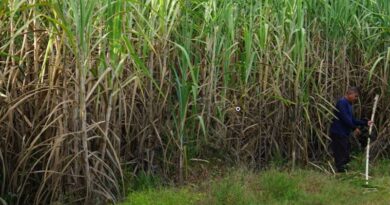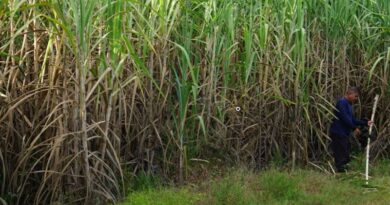Lift the ban on sugar exports
27 October 2022, New Delhi: With the production of sugarcane, sugar, and cane-based ethanol set to scale new peaks in the current sugar season, which began this month, there seems little reason to persist with the moratorium on sugar exports imposed in May last. In fact, an early removal of this ban and announcement of the sugar export policy for 2022-23 would greatly help the industry to firm up its production plans and strike export deals with prospective importers. The international prices of this sweetener, after remaining volatile in the past few months, are expected to soften perceptibly by May next when fresh stocks from Brazil, the world’s largest sugar exporter, hit the market. Sugar production in that country, as also in Thailand, another major sugar supplier, is anticipated to rebound after the previous season’s poor cane harvest. The export window available for the Indian sellers is, therefore, rather narrow, mainly from November to April, thereby increasing the urgency for lifting the curbs on exports.
Last year (2021-22) was, indeed, a unique period for the Indian sugar sector when it displayed an all-round commendable performance without government doles. It broke all records in the production of sugar, sugarcane, and ethanol; cane procurement and payments to the farmers; and sugar exports. This industry has earlier been surviving largely on financial support from the government in the form of regular bailout packages. Supportive international prices and the government’s move to allow ethanol production directly from cane juice and sugar also helped in improving the viability of this key agro-based industry.
Though the government had capped sugar exports at 10 million tonnes in May 2021 to stave off any spike in domestic sugar prices, it could not help letting 1.2 million tonnes of additional sugar being shipped out to allow the industry to meet its export commitments. Yet, the sugar season 2021-22 ended with a healthy carryover stock of over 5.5 million tonnes. The outlook for the new sugar season seems even brighter, thanks to the substantial expansion of cane acreage and the much bigger expected harvest. The agriculture ministry’s preliminary estimates project a hefty 33 million-tonne increase in cane output, which can translate into an additional sugar production of around 3 million tonnes. The industry, however, is of the view that these are conservative estimates and the actual size of the crop is far larger. In fact, the ministry’s initial crop estimates are invariably revised upwards when the final data is compiled.
The Indian Sugar Mills Association has, consequently, raised its sugar output projections for the 2022-23 season by about a million tonnes — from 35.5 million tonnes earlier to 36.5 million tonnes now — while retaining the anticipated consumption at around 27.5 million tonnes. Even after taking into account the envisaged higher diversion of cane juice and sugar for ethanol production, and keeping in mind the need to maintain an end-of-the-season inventory of at least 6 million tonnes to carry forward to the next year, the net availability of surplus sugar for exports has been reckoned at around 9 million tonnes. Unless the government takes immediate note of these realities and promptly responds by allowing exports as an outlet for the surplus stocks, the sugar sector might again be needlessly pushed into the red to the detriment of all stakeholders. This must be avoided.
Also Read: List of pesticides restricted and banned for use in Agriculture in India
(For Latest Agriculture News & Updates, follow Krishak Jagat on Google News)















